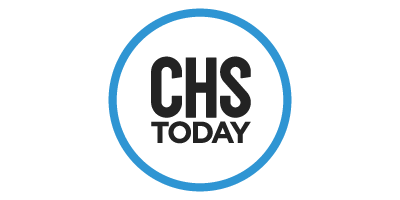See history in a new light, and visit the garden behind the Heyward-Washington House to see an archaeological field school and dig in action. This Friday from 2 to 5 p.m. and Saturday from 10 a.m. to 5 p.m., you’ll have the chance to see artifacts uncovered at one of the earliest documented parts of colonial Charleston.
Experts from The Charleston Museum — including Curator of Archaeology John Fisher — plus faculty and students from the College of Charleston’s Archaeology Department will be on-site to answer questions and share insights.
Fisher told CHStoday that digs like this are important because they help to add context and new details to history and shed light on what day-to-day life would have looked like.
The dig site is free for Charleston Museum members or free with admission to the Heyward-Washington House. Pro tip: Field school is weather-dependent; call (843) 722-2996 if there are any concerns.













